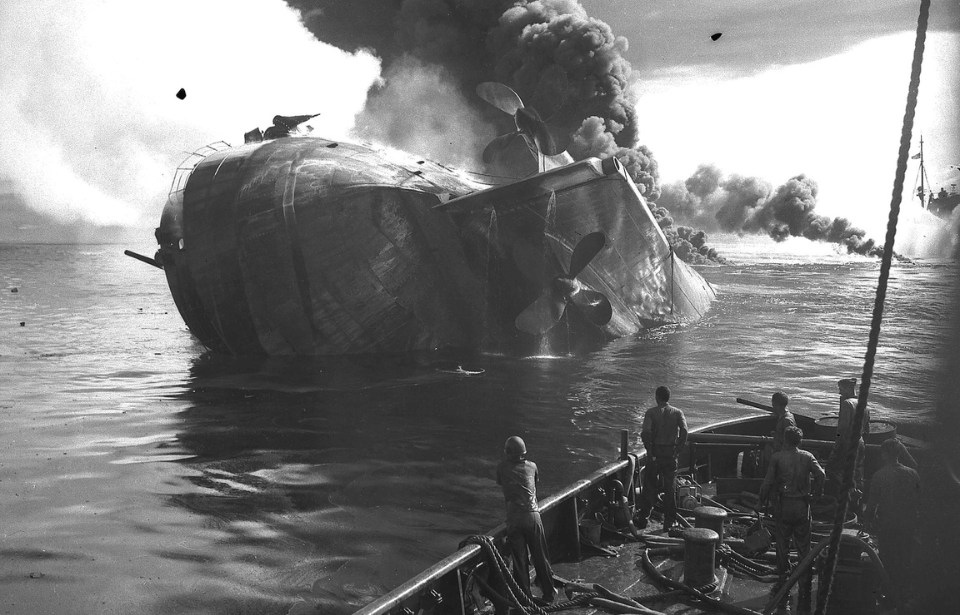The Imperial Japanese Army and Navy’s use of self-sacrificial tactics during the Second World War was based on a number of fundamental reasons. From a cultural standpoint, dying in combat was honorable and guaranteed you an everlasting legacy. Logistically, the Japanese military was well aware of the overwhelming odds its men faced against the United States and knew that traditional methods of fighting weren’t enough.
All this led officials to invest heavily in suicide missions, building aircraft, weapons and even manned torpedoes known as Kaiten to aid in their cause.
Kamikaze attacks were accurate and effective
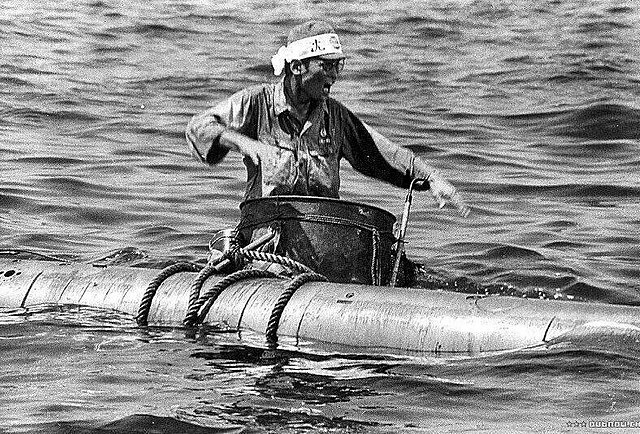
As an individual remains involved in an attack until the end, suicide missions had a morbid, yet advantageous effectiveness and accuracy, compared to traditional weapons delivery techniques during the Second World War. Dive bombing, in particular, was particularly effective, but fraught with danger. It also didn’t guarantee a direct hit.
Kamikaze aircraft laden with explosives, however, could be accurately flow into a target.
With the outcome of the war looking bleak, Japan authorized the construction of suicide crafts, organized into Special Attack Units. The methods of delivery came in the form of the aforementioned kamikaze aircraft, Shin’yō-class suicide motorboats, Fukuryo suicide divers and Kaiten torpedoes.
Kaiten were manned torpedoes
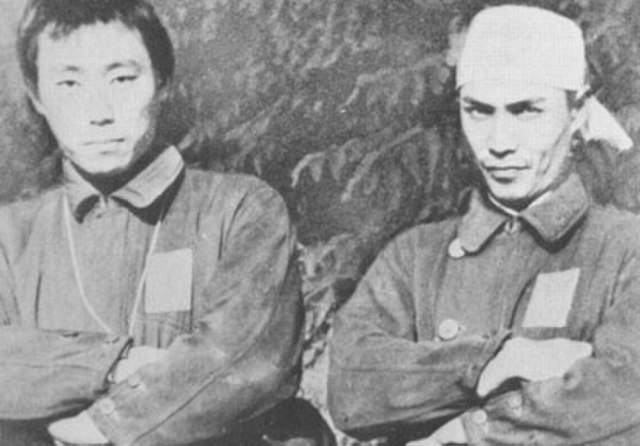
Six different types of Kaiten torpedoes were built after research began in early 1944. Only Type 1 passed the prototype stage and saw use in the Pacific Theater.
In the early stages of development, designers incorporated a means of escape for the operator before the craft reached its target. This feature was eventually removed, with the pilot literally locked inside with a self-destruct system, in case they missed their mark.
The Type 1 model was almost entirely based on the Type 93 torpedo, the most advanced of the war. It incorporated the necessary modifications to fit the operators, who’d sit roughly in the center of the nearly 15-meter-long craft, and his controls. He was also provided with a periscope, entry hatch and steering controls.
Like the Type 93, the Kaiten used pure oxygen as an oxidizer for its engine. This differed from contemporary torpedoes, which typically used compressed air as an oxidizer, which is only around 20 percent oxygen.
Using pure oxygen provided almost five times the amount of oxidizer for the same volume of compressed air, giving the Type 93 an impressive maximum range of 40,000 meters. It also gave the benefit of reducing the bubble trails left by regular torpedoes, as the only exhaust gas was carbon dioxide.
The Type 1 Kaiten weighed 10 tons and could travel at a maximum speed of 30 knots. It also had the ability to dive to a depth of 80 meters, and was equipped with a 1,550 kg warhead. In terms of issues, water was known to leak into the operator and engine compartments. However, due to the nature of the craft, solving the problem was a low priority.
Learning how to operate a Kaiten
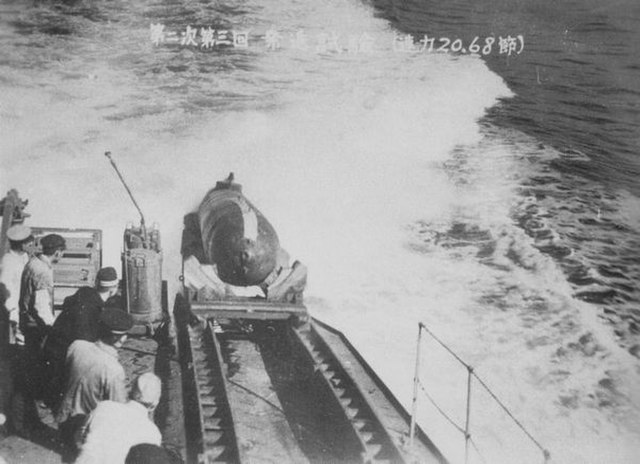
Piloting the crafts was a very complex task. Training took place on Ōzushima, in the Inland Sea. The island was fully equipped for training operators. They first trained on how to control the fast-moving torpedoes using just a periscope and the instruments at their disposal.
After this, they were placed in a trainer Kaiten armed with dummy warheads and worked through progressively harder tests. The training culminated in a submarine launch and nighttime missions. Operators had to to be able to guide their craft with limited tools, all while accounting for the constantly decreasing weight of the Kaiten as the oxidizer was used up.
Operating in the Pacific Theater
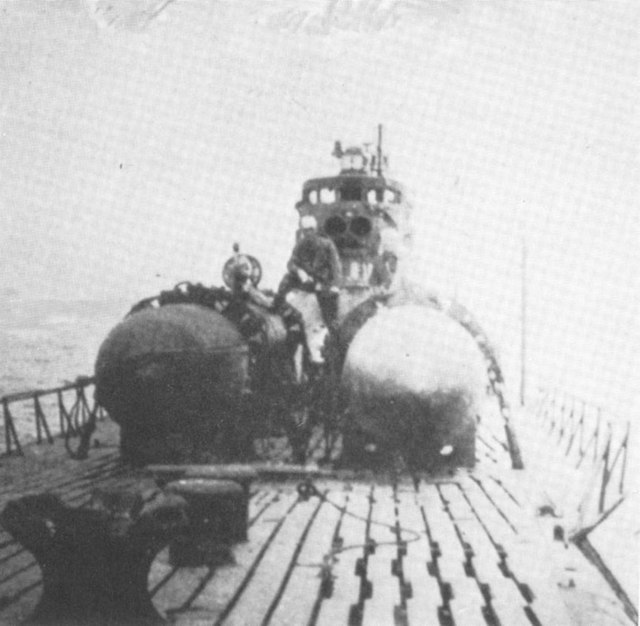
Kaiten could be launched from a submarine or surface vessel, although, in practice, only submarine launches were used. That being said, they were at great risk when carrying the torpedoes.
After identifying a target, a Kaiten‘s operator would be briefed before climbing into the craft via a connecting tube between the submarine and the craft. He would then detach and accelerate toward the target. Once within a certain range, the Kaiten would surface and the pilot would perform a visual check, to ensure he was on the right path. The torpedo would then slip back below the water’s surface and make its way toward the enemy vessel.
If the operator missed and ran out of fuel, he would self-destruct the Kaiten, destroying the craft and taking his own life.
More from us: Sonderkommando ‘Elbe’ – Germany’s Aerial Kamikaze Force
Want War History Online‘s content sent directly to your inbox? Sign up for our newsletter here!
The advantages of human guidance throughout the craft’s trajectory proved to be of little use in practice, with Kaitens causing minimal damage to enemy vessels. According to the US, only a few ships were sunk by them, resulting in the loss of about 190 men. In return, Japan lost over 100 operators and hundreds more during the sinking of eight Kaiten-carrying submarines.
